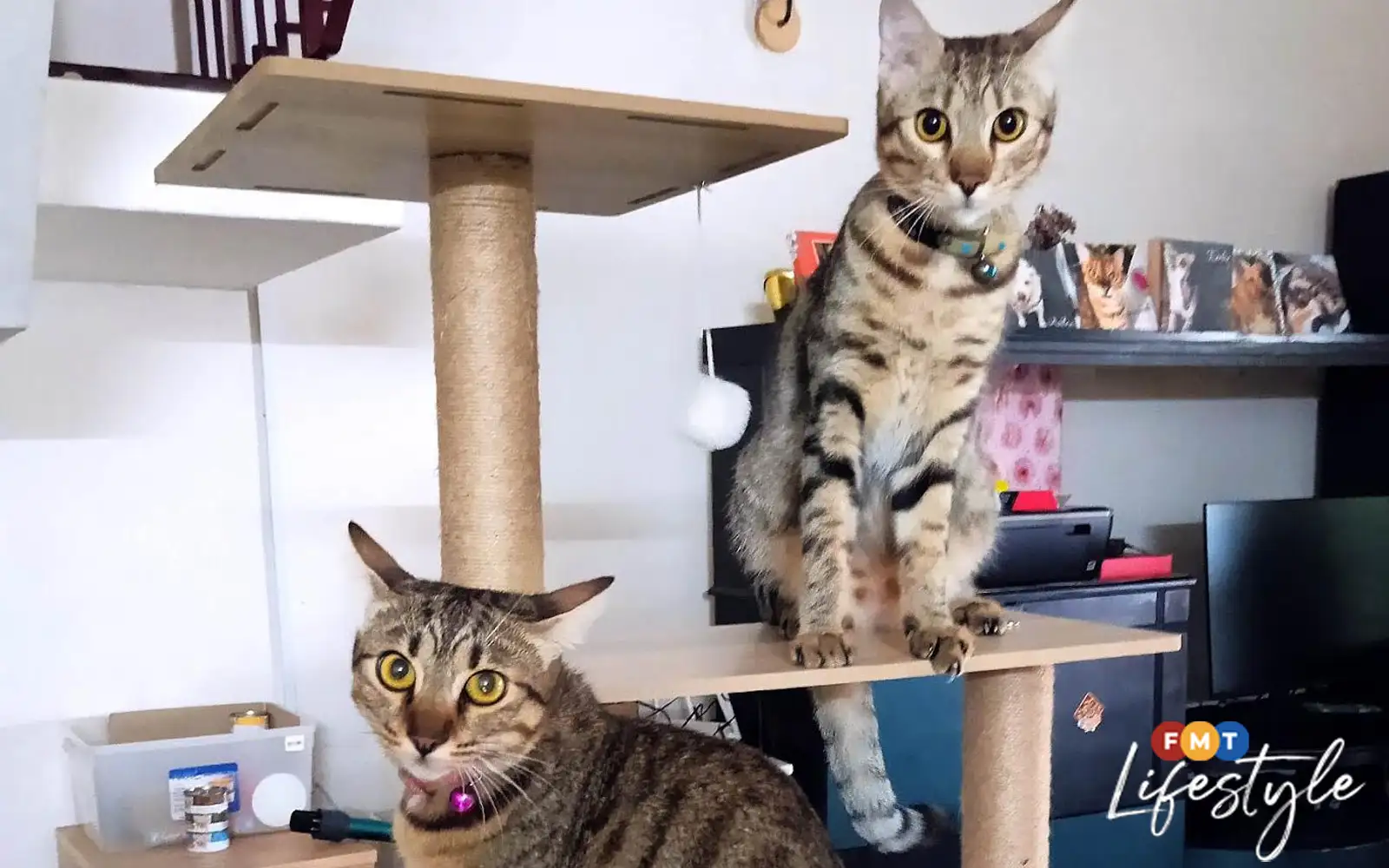
Cat owners are opting for sitters over boarders this Raya
- 21.03.2025 01:26
- freemalaysiatoday.com
- Keywords: danger, success
Cat owners are increasingly choosing pet sitters over cat boarding due to rising costs and the growing number of cats. Pet-sitting offers more comfort for cats at home, with services ranging from RM35 to RM70 per visit, as preferred by many furparents during festive periods.